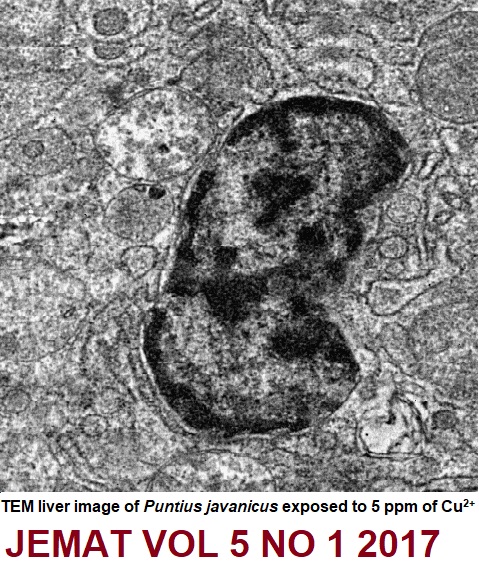Remodelling of the calibration curve for the potentiometric sensing of lamotrigine based on molecularly imprinted polymers using the four-parameter logistic model
DOI:
https://doi.org/10.54987/jemat.v5i1.413Keywords:
four-parameter logistic, Molecularly Imprinted Polymers, sigmoidal, calibration curve, lamotrigineAbstract
A standard or a calibration curve allows the determination of an analyte concentration from an experiment. The calibration curve is constructed using a known concentration of analyte. The unidentified concentration of an analyte will then be determined utilizing this standard curve. Similar to immunoassay, ligand-binding interaction in Molecularly Imprinted Polymers (MIPs) also mimics immunoassay in that the calibration curve is sigmoidal in many cases. In a previous study an ion selective electrode based on molecularly imprinted polymers calibration curve for the detection of lamotrigine (LTG) showed a sigmoidal calibration curve but was not modelled according to a sigmoidal dose response model. Using the four-parameter logistic (4PL) equation, the calibration curve was remodelled according to this equation resulting in the calculated values of 19.87, -87.43, -4.614 and 0.6354 for the parameters a and d (maximum and minimum responses), Log EC50 (value that produces a 50% signal response) and Hillslope (slope-like parameter or Hill coefficient). The use of the 4PL model gave a correlation coefficient value of 0.9985 indicating the model excellently fit the experimental data
Downloads
Published
How to Cite
Issue
Section
License
Authors who publish with this journal agree to the following terms:
- Authors retain copyright and grant the journal right of first publication with the work simultaneously licensed under a Creative Commons Attribution License (http://creativecommons.org/licenses/by/4.0) that allows others to share the work with an acknowledgement of the work's authorship and initial publication in this journal.
- Authors are able to enter into separate, additional contractual arrangements for the non-exclusive distribution of the journal's published version of the work (e.g., post it to an institutional repository or publish it in a book), with an acknowledgement of its initial publication in this journal.
- Authors are permitted and encouraged to post their work online (e.g., in institutional repositories or on their website) prior to and during the submission process, as it can lead to productive exchanges, as well as earlier and greater citation of published work (See The Effect of Open Access).


